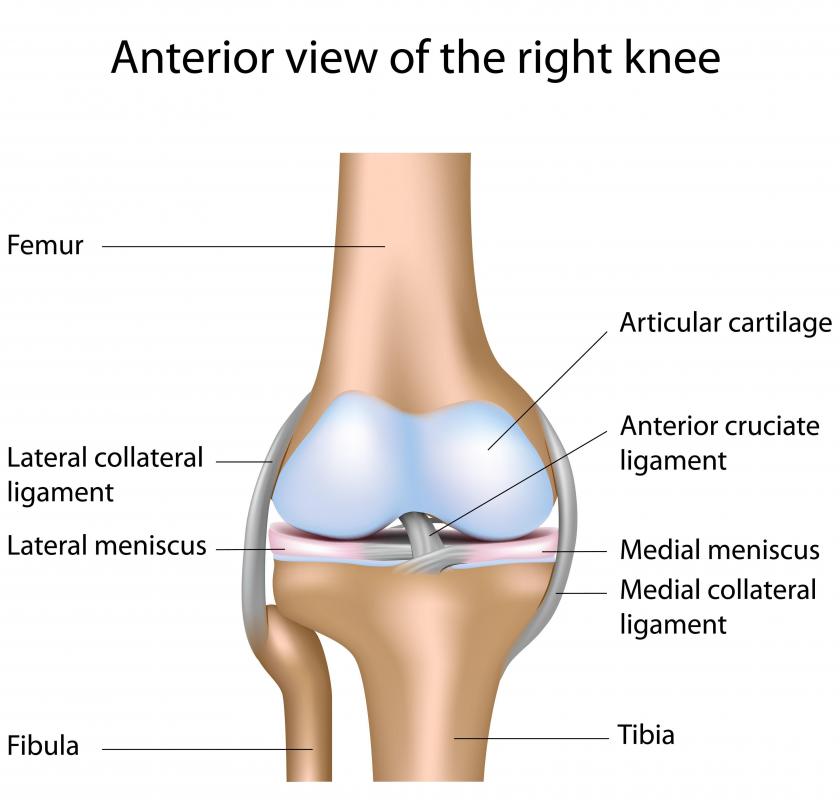At WiseGEEK, we're committed to delivering accurate, trustworthy information. Our expert-authored content is rigorously fact-checked and sourced from credible authorities. Discover how we uphold the highest standards in providing you with reliable knowledge.
How can I Prevent an Infection After a Knee Replacement?
Infection after a knee replacement can occur either within the knee itself or superficially at the entry wound left over from the surgery. In the worst case scenario, the new joint will need to be removed due to the infection after a knee replacement, though in the best case scenario, antibiotics and clean dressings will clear up the infection. Your doctor will prescribe antibiotics both before and after the surgery to reduce the risk of infection after a knee replacement, and the doctors will take precautions during the surgery to help ensure an infection does not occur.
Once you are out of surgery, much of the prevention of an infection after a knee replacement will fall on you. The best way to prevent infection is to keep wound dressings clean and dry, and to take all appropriate medications according to the instructions. The wound left over from the surgery will be susceptible to infection after a knee replacement, so by keeping the wound covered with clean dressings, you are preventing or reducing the risk of bacteria coming in contact with that open wound. Moist dressings can attract bacteria, and dirty dressings will be filled with harmful bacteria that can work into the wound. When showering, be sure to cover the affected area with a plastic bag or other protective, waterproof coating to prevent the dressing from becoming dirty or wet.

If your doctor prescribes antibiotics, it is important to take the medications as directed to prevent infection after a knee replacement. The doctor will often prescribe antibiotics before the surgery as well to ensure bacteria cannot thrive in the open wound during the surgery. It is important to take these antibiotics before the surgery for as long as the doctor has prescribed; this step, coupled with sterilization efforts within the operating room, will help ensure the knee does not become infected during the surgery. Such an occurrence is likely to require removal of the new joint, which can be painful and frustrating.

The two common types of infections are early infections and late infections. An early infection is likely to occur days or weeks after the surgery. The new joint may simply need to be disinfected, which can slow healing progress and put you back at square one with recovery. Late infections can occur years after the surgery and will very often require removal of the joint. A new joint can then be installed, though this cannot be done until the infection has cleared up.
AS FEATURED ON:
AS FEATURED ON:












Discuss this Article
Post your comments